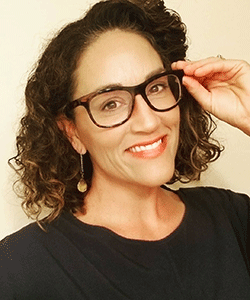
Swimming pool designers have made increasing use of gently sloping surfaces as entryways into swimming pools to better accommodate individuals with disabilities. Despite the good intentions behind this design feature, it may have the unintended consequence of increasing the drowning risks for young children. Recent research shows that young children have a much higher likelihood of entering a body of water and reaching a submersion point when they can do so via a gently sloping surface than when they must traverse an abrupt edge to access the water. With increasing crawling and walking experience, young children show greater and greater reluctance to cross an edge into a body of water. Curiously, however, crawling and walking experience have no effect on young children’s likelihood of entering a body of water via a gently sloping surface. Even more curiously, swimming lessons have the opposite effect on children’s likelihood of entering a body of water via an edge or a sloped surface. Children who had participated in more than 10 swimming lessons showed a greater likelihood of avoiding a body of water when they could access it via an edge, but a greater likelihood of entering a body of water when they could access it via a slope, compared to infants with fewer than 10 swimming lessons. These findings raise important questions about other swimming pool design features that may pose greater drowning risks for young children.
In this presentation, we review the aforementioned research alongside other research on how young children navigate slopes and drop-offs. We then use this research to analyze how young children might behave on a Baja shelf in a pool. Our analysis suggests that Baja shelves pose a particularly serious drowning risk for young children. We discuss the implications our analysis has for which design features swimming pools should include.

Angela Wild is a water safety advocate and longtime swim teacher with a motor control and public health background. She brings over 20 years of experience in the learn-to-swim and drowning prevention industry. Currently, Angela operates a boutique swim school in San Diego County, while also devoting time to her 2 non-profit organizations and volunteering on several boards that advocate for water safety and drowning prevention.